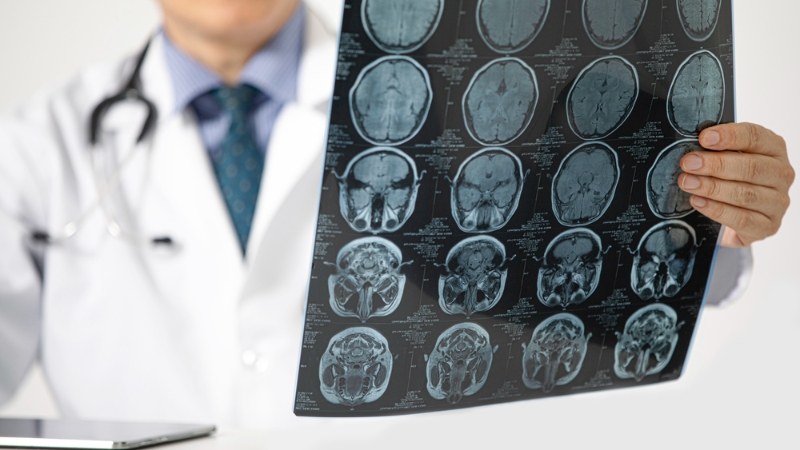Deep Brain Stimulation (DBS)"Precision Neurological Therapy for Enhanced Quality of Life."

Our medical center specializes in Deep Brain Stimulation (DBS), providing cutting-edge neurological therapy to patients with neurological conditions and mobility abnormalities. Since brain health has a significant influence on overall wellbeing, our DBS procedures are designed to be precise, efficient, and sensitive. This section will discuss the importance of Deep Brain Stimulation (DBS), the problems it treats, possible drawbacks, and the unique qualities that set us apart as leaders in the delivery of top-notch neurology and neurosurgical care.
What Is Deep Brain Stimulation (DBS)?
Deep Brain Stimulation (DBS) is a surgical technique in which a medical device, commonly called a "brain pacemaker," is implanted to stimulate particular brain regions with electrical impulses. It is frequently used to treat a number of neurological conditions, such as dystonia, essential tremor, and Parkinson's disease.
Why Is Deep Brain Stimulation Necessary?
- Symptom Management: For neurological diseases, particularly those that may not respond well to medicine alone, DBS is required to manage and reduce symptoms.
- Motor Control Improvement: DBS aids in enhancing motor control and lowering tremors, stiffness, and other symptoms associated with movement in diseases such as Parkinson's disease.
- Enhanced Quality of Life: The goal of the procedure is to improve overall quality of life for patients with neurological illnesses by minimizing the need for medication and improving symptom control.
Possible Risks:
Although DBS is generally seen to be safe, there are a few possible risks: bleeding, infection, hardware-related issues, and negative emotional or cognitive impacts. The medical staff evaluates each patient's unique risk factors prior to suggesting the operation.
Treatment Steps in Deep Brain Stimulation:
- Patient Evaluation: In-depth evaluation of the patient's neurological state, medical history, and response to treatment in order to establish eligibility for DBS.
- Target Localization: Identifying the precise brain region to be stimulated, which is frequently done by imaging tests and neurological assessments.
- Implantation of Electrodes: Electrodes are surgically inserted into the desired brain regions, usually the globus pallidus (GPi) or the subthalamic nucleus (STN).
- Connection to Neurostimulator: The subcutaneous implantation of a neurostimulator, a pacemaker-like device that is attached to the brain's electrodes, in the chest or abdomen.
- Programming and Adjustment: Adjustments are made to the neurostimulator's programming in order to maximize symptom control and minimize negative effects.
- Post-operative Follow-up: Routine follow-up visits to evaluate the patient's reaction to stimulation, modify the programming, and discuss any issues.
Our Deep Brain Stimulation (DBS) services are designed to help people with neurological problems find efficient, individualized solutions. Our interdisciplinary team of professionals guarantees thorough assessment, accurate surgical intervention, and continuous care to improve patients' quality of life. Our healthcare professionals are here to help if you have any inquiries or would like more information on DBS.
Top Asked Questions and Answers:
FAQ (Frequently Asked Questions):
+91-9144411108
Emergency Cases

